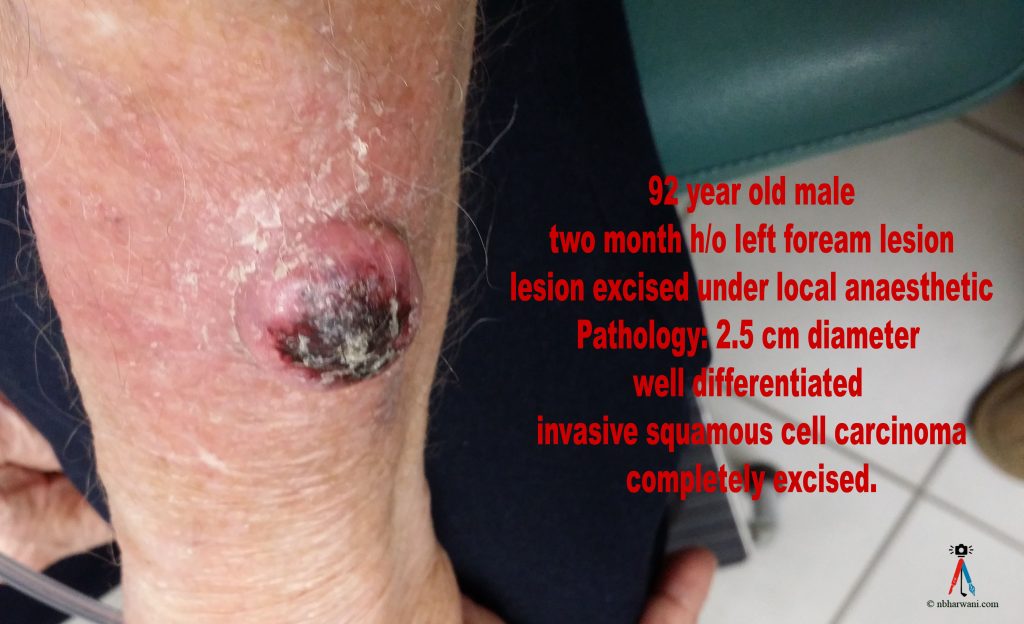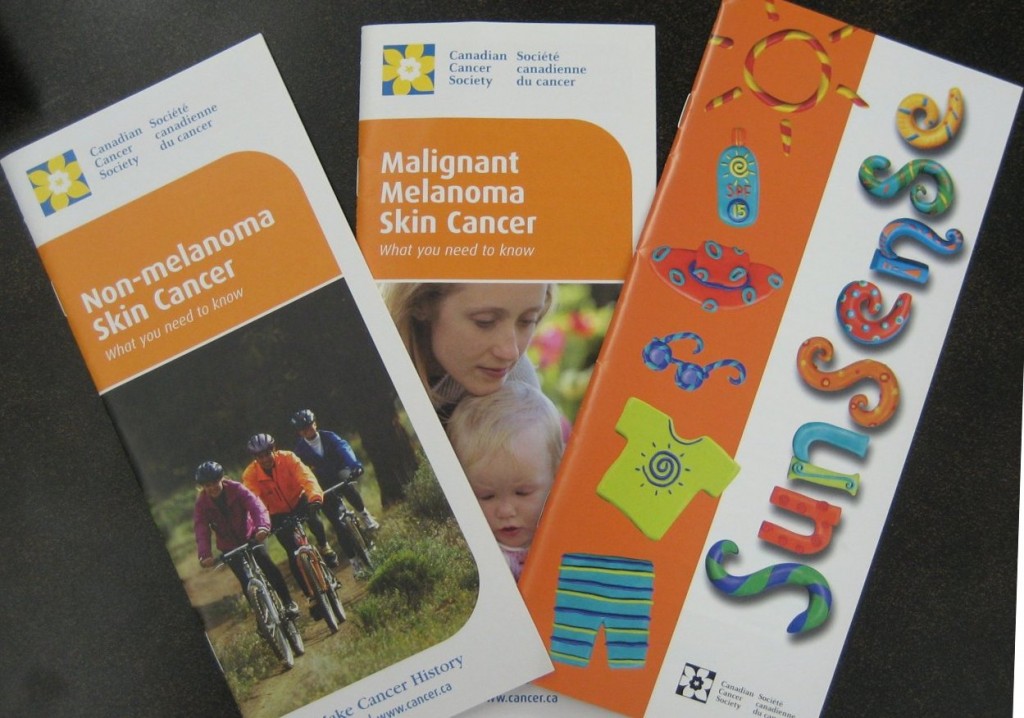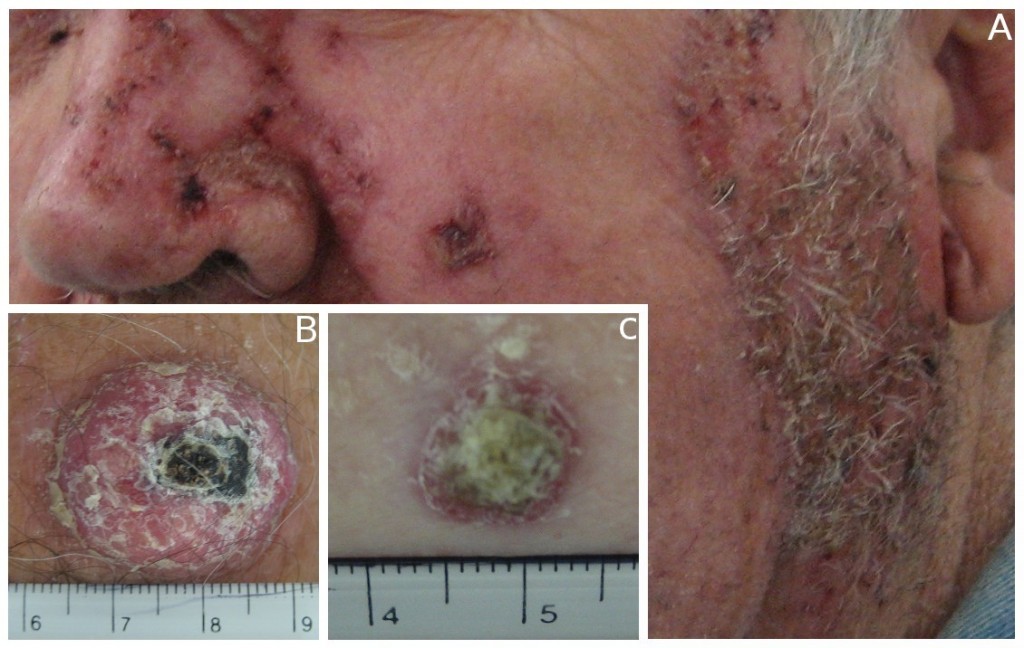Start reading the preview of my book A Doctor's Journey for free on Amazon. Available on Kindle for $2.99!
So, are you ready for the summer, sunscreen and bug spray?
Summer is finally here. So are the ultraviolet rays (UVR) and the mosquitoes.
Exposure to sun’s rays can be healthy and harmful. There are more than 25 human disorders that are either caused by or aggravated by exposure of the skin to sunlight. But exposure to sunlight is also the most potent and natural way to manufacture vitamin D in our body.
Our skin can be protected from the harmful effects of UVR by use of sunscreens. Chemical sunscreens were discovered in 1926. Subsequent sunscreen evolution was primarily directed toward ultraviolet B (UVB) protection to lessen development of sunburn from overexposure to the sun.
There are many different brands of sunscreen available. Sunscreen should be efficient, water resistant and safe. It should spread easily, maximize skin adherence, should be non-stinging, non-staining, and inexpensive. Most popular sunscreens are available in creams and lotions. Lotions spread more easily.
Many sunscreens do not block UVA radiation, which does not cause sunburn but can increase the rate of melanoma, so people using sunscreens may be exposed to a high level UVA without realizing it.
The ability of a sunscreen to protect the skin from UVR-induced skin redness is measured by the SPF. The redness is from sunburn. SPF 15 blocks 93 per cent of UVB. Some argue that SPF 15 is sufficient and that higher labeling claims are misleading and costly for consumers. But some studies have shown that higher SPF (SPF 30) sunscreens conferred better benefits.
The SPF varies depending on the nature of the sun blocking ingredients in the product. Since the SPF refers only to protection against UVB, it is important to choose a “broad spectrum”
sunscreen that also protects you from UVA radiation. Also check if they are water resistant and follow the instructions on the product label on how often to apply for best results.
It is important to note that while sunscreens can help reduce sunburn, they are not as effective against the other harmful effects of UV rays, like premature aging of the skin and depression of the immune system.
Recurrent sunburn causes permanent damage to the skin and causes skin cancers. You should avoid sunburn by other means wearing appropriate clothing, wide-brimmed hat and appropriate sunglasses and avoid sun exposure between 11 a.m. and 3 p.m.
Do not forget about mosquitoes and West Nile virus. Canada had its first confirmed cases of West Nile virus in 2002. For most Canadians, the risk of illness from West Nile virus is low, but it is important to minimize your risk. Use insect repellents and wear light-colored long-sleeved shirts, long pants, and a hat when outdoors. Limit the time you spend outdoors at dawn and dusk, when mosquitoes are most active.
Enjoy the summer but be safe.
Start reading the preview of my book A Doctor's Journey for free on Amazon. Available on Kindle for $2.99!
Alberta Health Services – where is the beef?
Letters to the Editor
Dear Editor:
“In a recent study, the Massachusetts Medical Society found that 53 percent of family physicians and 51 percent of internal medicine physicians were not accepting new patients. When new patients could get appointments, they faced long waits, averaging 36 days to see family doctors and 48 days for internists,” says an article in the New York Times (online June 26, 2011). This is about the U.S.
There is a shortage of doctors everywhere. Doctors from Canada and the rest of the world are lured to go to work in the U.S. where the grass seems to be greener than elsewhere. Government of Alberta should listen to patients, doctors and other health care providers to improve the current low morale and frustration which the new system has created.
I have been unable to keep tract of all the new administrative positions (with fancy titles) which have been set up in the Alberta Health Services. It is hard to know who is doing what. It would be nice to see the administrative flow chart to find out how the hierarchy works. I get so many memos each week, the same memo first comes by email, then by fax to my office and then a hard copy in my mail box at the hospital. Most of them are fairly long. A weekly newsletter probably can do the same job with less wastage of time and tax payer’s money.
It seems, there are too many cooks in the kitchen but not enough beef to satisfy the public and the health care providers. What happened to our famous Alberta beef? Gone south?
Noorali Bharwani
Medicine Hat
Start reading the preview of my book A Doctor's Journey for free on Amazon. Available on Kindle for $2.99!
Non-melanoma Skin Cancer can Disfigure You

What is the most the most common cancer in Canada?
This is no brainer. It is skin cancer.
There are two types of skin cancers: melanoma (also known as malignant melanoma) and non-melanoma skin cancer. Non-melanoma skin cancers are basal cell carcinoma (BCC) and squamous cell carcinoma (SCC). We discussed melanoma in the last column. Today, we will discuss BCC and SCC.
BCC and SCC are malignant tumours but typically are not life threatening and are usually successfully treated in doctors’ offices. If they are not treated then they grow slowly over a period of time and require bigger excision and this can be disfiguring. Especially, if they are on the face, head and neck – the most common sites of sun exposure.
Excessive sun exposure is responsible for 90 per cent of non-melanoma skin cancers and two thirds of melanomas.
What are the risk factors? People who have fair skin, have tendency to freckle, have high degree of sun exposure, make excessive use of sun beds, had previous radiotherapy or phototherapy and those who have genetic predisposition.
BCC arises from the lowest layer of the epidermis, called the basal cell layer. About 80 per cent of non-melanoma skin cancers are BCC.
BCC usually grow slowly. It is very rare for a basal cell cancer to spread to nearby lymph nodes or to distant parts of the body. But if a basal cell cancer is left untreated, it can grow into nearby areas and invade the bone or other tissues beneath the skin. They are locally invasive and disfiguring.
After treatment, BCC can come back in the same place on the skin. People who have had BCC are also more likely to get new ones elsewhere on the skin.
The first line treatment of BCC is often surgical excision. Many non-surgical alternatives are available but if it is not adequately treated then two thirds of recurrent tumors appear in the first three years of treatment and 18 percent appear between five and 10 years after treatment.
SCC – about 20 per cent of non-melanoma skin cancers are squamous cell carcinomas. They commonly appear on sun-exposed areas of the body such as the face, ears, neck, lips, and backs of the hands. They can also develop in scars or skin ulcers elsewhere.
SCC tends to be more aggressive than BCC. They are more likely to invade fatty tissues just beneath the skin, and are more likely to spread to lymph nodes and/or distant parts of the body, although this is still uncommon. Treatment is same as for BCC.
If you like to worship sun, then expect to burn and eventually get cancer.
Next week, what do you know about sunscreens?
Start reading the preview of my book A Doctor's Journey for free on Amazon. Available on Kindle for $2.99!

